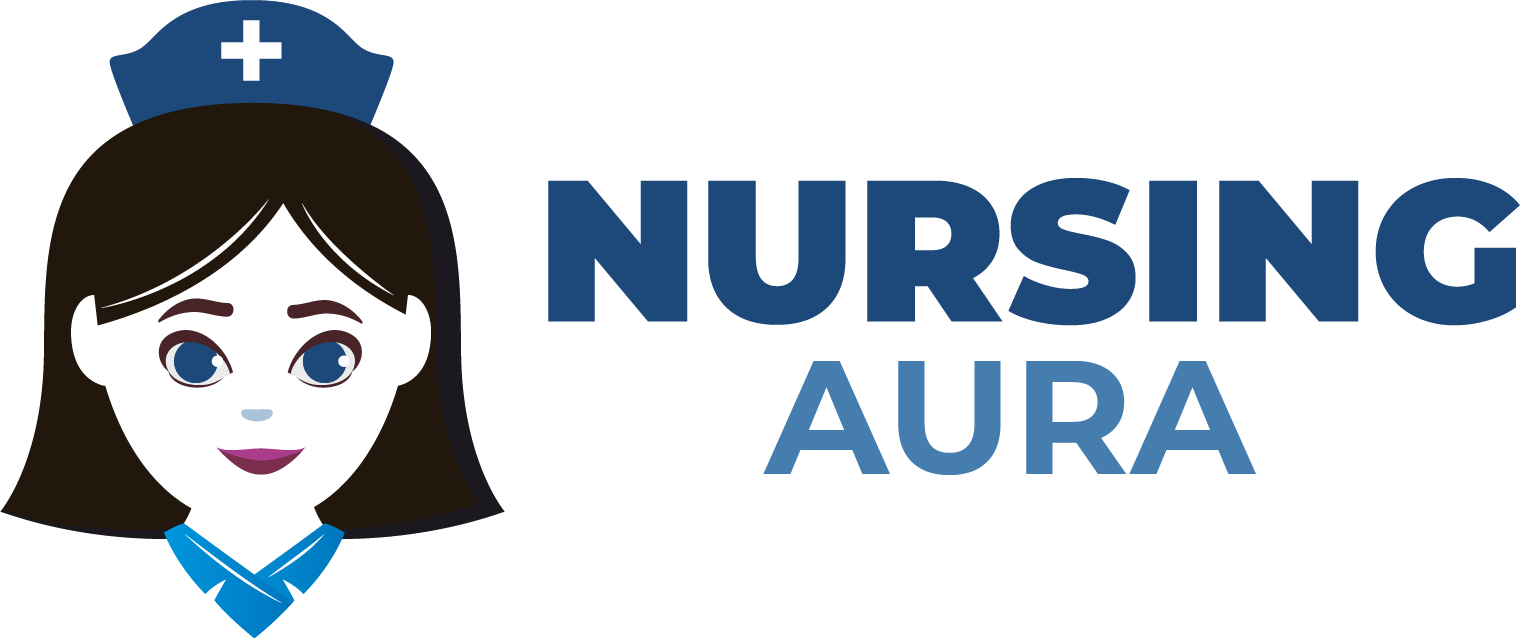What is a Therapeutic Diet?
A therapeutic diet is a meal plan that regulates the consumption of particular food sources or supplements. In some instances, a therapeutic diet is referred to as a “special diet.” It is essential for the treatment of a disease. A therapeutic diet is typically a modification of a normal diet. It is adjusted or customized to meet the dietary requirements of a particular patient or individual.
Therapeutic diets are designed for
- Nutrients
- Texture
- Food allergies
- Food Sensitivities
The Fundamentals of Therapeutic Diet
- Carbohydrates are generally long-lasting and necessary for maintaining liver glycogen reserves.
- Fat tolerance varies among individuals, and this supplement should not be restricted in the event of nausea and vomiting.
- Proteins should be provided in easily absorbable structures, such as milk, egg, chicken, and fish, when there is an increased demand for them as a result of disease-related wastage.
- During illness, calcium and iron requirements must be met, and it is essential to monitor them.
- Fat-absorbable nutrients should be provided as concentrates if a patient must consume a low-fat diet for a longer period of time. Vitamin C is particularly important for the healing of wounds and fevers, where its demand is significantly increased.
- Roughage: An excessive amount of bulk inhibits the absorption of digestive juice. To ensure daily bowel activity, it could be necessary to eat food sources with a moderately high buildup content.
- Fluids are necessary to prevent dehydration, which is common during fevers, diarrhoea, and vomiting. In such a case, 2,500 to 3,000 ml should be permitted in 24 hours, with as much diversity as possible, both in terms of flavour and practicality.
Why do Therapeutic Diets Need to Be Followed?
Common requests for Therapeutic Diets include the following:
- To maintain one’s nutritional status.
- To restore nutritional status.
- To address nutritional status.
- To reduce calories for weight management
- To provide extra calories to Weight Gain.
- To adjust carbohydrate, lipid, and protein amounts for diabetic management.
- To provide a noticeable measurement of nutrients such as protein.
- To reduce the amount of a nutrient such as salt.
- Due to food allergies and intolerances intolerance, avoid food sources.
- Due to challenges with biting and swallowing, the texture of the food should be altered.
The primary function of therapeutic diets
The primary reasons for adopting a healthy diet are:
- To retain an excellent state of health.
- To fix the deficiencies that have developed.
- To allow the body or a specific part of the body to rest so that nutrients can be digested.
It is essential to achieve changes in weight at any location. Educate the patient with the necessity of adhering to the prescribed diet. A therapeutic diet begins with a normal meal designed to restore good nutrition to a sick individual.
Advantages of therapeutic diets:
- The advant-s enhanced when the adjustment is based on the family structure and the number of items to be cooked is reduced.
Consider the following while preparing therapeutic diets:
The typical diet could be modified:
- To alter the consistency of liquid and delicate foods
- To raise or decrease energy requirements
- To enhance or reduce at least one measure of nutrients, such as in the case of high-protein diets, sodium- and potassium-restricted diets, low-fat diets, etc.
- To gain or lose bulk, i.e., high or low fibre calorie counts are required.
- Incorporation or prohibition of specific susceptible food varieties
- To adjust the timing of meals
The planning of the therapeutic diet implied the ability to accommodate the level of living to ensure the sufficiency, affordability, and acceptability of the food. The intended diet should reflect the preferences of the patients. Adaptation should be made depending on the type of the sickness.

